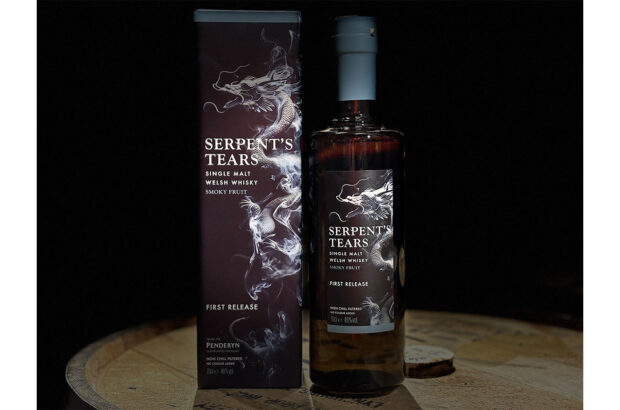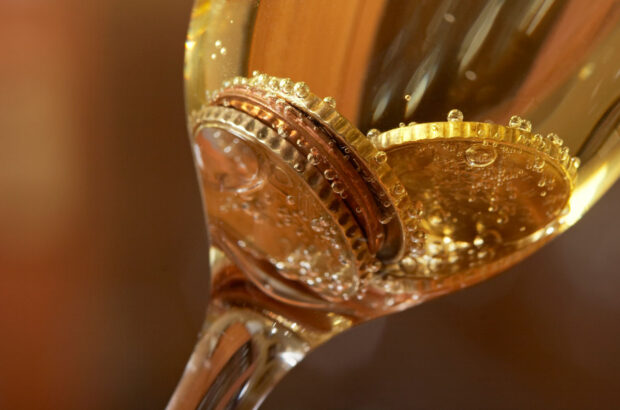The 10 most important principles of food and wine pairing:
-
‘Great with great, humble with humble’
This might seem like the most elemental of ideas, but for me, the first important principle is simply: Pair great with great, humble with humble. A hot turkey sandwich doesn’t need a pricey Merlot to accompany it. On the other hand, an expensive crown rib roast may just present the perfect moment for opening that powerful, opulent Napa Valley Cabernet Sauvignon you’ve been saving.
-
‘Delicate to delicate, bold to bold’
Second, match delicate to delicate, bold to bold. It only makes sense that a delicate wine like a red Burgundy will end up tasting like water if you serve it with a dramatically bold dish like curry. Dishes with bold, piquant, spicy, and hot flavors are perfectly cut out for bold, spicy, big-flavored wines. Which is why various shirazes are terrific with many “hot and spicy” cuisines.
-
‘To mirror or to contrast?’
Decide if you want to mirror a given flavor, or set up a contrast. Chardonnay with lobster in cream sauce would be an example of mirroring. Both the lobster and the Chardonnay are opulent, rich, and creamy. But delicious matches also happen when you go in exactly the opposite direction and create contrast and juxtaposition. That lobster in cream sauce would also be fascinating with Champagne, which is sleek, crisp, and sharply tingling because of the bubbles.
-
‘Choose a flexible wine’
Think about a wine’s flexibility. Although Chardonnay is wildly popular in many parts of the world, it’s one of the least flexible white wines with food. Chardonnays often have so much toasty oak and high alcohol that they taste hard and dull when accompanied by food.
For maximum flexibility, go with a Sauvignon Blanc or a dry Riesling, both of which have cleansing acidity. Wines with high acidity leave you wanting to take a bite of food, and after taking a bite of food, you’ll want a sip of wine. The perfect seesaw.
The most flexible red wines either have good acidity, such as Chianti, red Burgundy, and California and Oregon Pinot Noir, or they have loads of fruit and not a lot of tannin. For the latter reason, zinfandel, lots of simple Italian reds, and southern Rhône wines, such as Châteauneuf-du-Pape, are naturals with a wide range of dishes, from such simple comfort foods as grilled chicken to more complex dishes like pasta Bolognese.
-
‘Fruity wines for fruity dishes’
Not surprisingly, dishes with fruit in them or a fruit component to them—pork with sautéed apples, roasted chicken with apricot glaze, duck with figs, and so forth—often pair beautifully with very fruit-driven wines that have super-fruity aromas. Gewürztraminer, muscat, viognier, and riesling are in this camp.
-
‘Salt versus acidity’
Saltiness in food is a great contrast to acidity in wine. Think about smoked salmon and Champagne, or Parmigiano-Reggiano cheese and Chianti. Asian dishes that have soy sauce in them often pair well with high-acid wines like riesling.
-
‘Salt versus sweet’
Saltiness is also a stunningly delicious contrast to sweetness. Try that Asian dish seasoned with soy sauce with an American riesling that’s slightly sweet, and watch both the food and the wine pull together in a new way. This is the principle behind that great old European custom of serving Stilton cheese (something salty) with Port (something sweet).
-
‘High-fat food and high-powered wines’
A high-fat food, something with a lot of animal fat, butter, or cream, usually calls out for an equally rich, intense, structured, and concentrated wine. Here’s where a well-balanced red wine with tannin, such as a good-quality Cabernet Sauvignon or Merlot, works wonders. The immense structure of the wine stands up to the formidableness of the meat. And at the same time, the meat’s richness and fat serves to soften the impact of the wine’s tannin.
A powerful California Cabernet Sauvignon with a grilled steak is pretty hard to beat. This same principle is at work when a Bordeaux wine (made primarily from Cabernet Sauvignon and Merlot) is served with roasted lamb. And pairing richness with richness is also the principle behind what is perhaps the most decadent French wine and food marriage of all: Sauternes and foie gras.
-
‘Consider umami…’
Consider umami (see The Wine Bible, page 105), the fifth taste, which is responsible for a sense of deliciousness in foods. Chefs increasingly use foods high in umami, such as Parmigiano-Reggiano cheese, soy sauce, wild mushrooms, and most red meats, to build a dish, and potentially make it sensational with wine. When wine and food are paired well together, adding an umami component to the food often serves to heighten the overall experience. So, for example, we know steak and cabernet sauvignon to be a successful match. Topping the steak with grilled mushrooms gives the overall combination even more punch.
-
‘Beware of sweet on sweet’
With desserts, consider sweetness carefully. Desserts that are sweeter than the wine they accompany make the wine taste dull and blank. In effect, the sweetness of the dessert can knock out the character of the wine. Wedding cake, for example, can ruin just about anything in a glass, although happily, no one’s paying attention anyway. The best dessert and dessert wine marriages are usually based on pairing a not-too-sweet dessert, such as a fruit or nut tart, with a sweeter wine.
So there they are, a group of pretty simple principles, meant only as a guide. The real excitement is in the experimentation, and only you can do that.
Extracted from The Wine Bible by Karen MacNeil (Workman). Copyright © 2015
You can order a copy of Karen MacNeil’s The Wine Bible at Amazon here.







